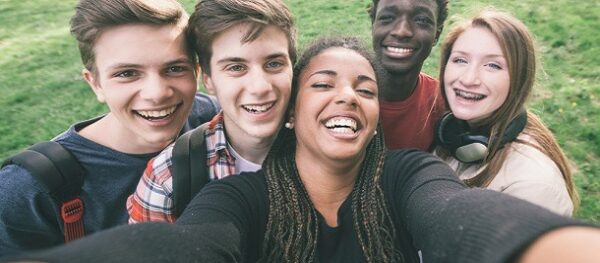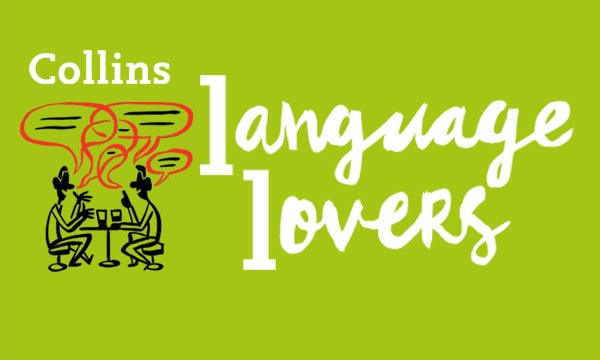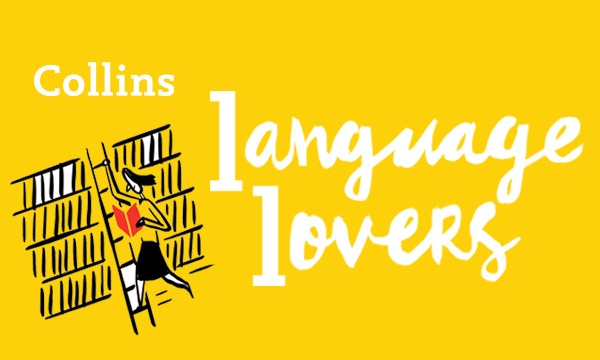The selfie: we and celebrities take them alone, in groups and with significant others, with pets, livestock, babies, monkeys and octopi taking to the trend. Selfies have even arrived from outer space!
Selfies have taken over our social media world – so much so that there’s even a song dedicated to the trend. But where did the name of this difficult-to-master snap come from, and how did the selfie enter our vocabulary so quickly?
selfie (ˈsɛlfɪ)
noun
(informal) a photograph taken by pointing a camera at oneself (and usually uploaded to a social networking site).
It is formed from self and the suffix “–ie” which denotes smallness, cuteness, or familiarity (as in lassie, Jamie, Auntie).
The Invention of the Selfie
The earliest citation of selfie is from a forum post on the Australian website ABC Online dated 13 September 2002. A user had uploaded a poor-quality photo that he’d taken of his own injured lip after a drunken fall, to which he commented “And sorry about the focus, it was a selfie”.
Although it has been claimed that this unlucky fellow ‘invented’ the selfie, in fact, Australian English frequently adds this ending to words, as in chookie (a chicken), flannie (a flannel shirt), bikie (a motorcycle gang), rellies (relatives), and the famous barbie (a barbecue).
Selfie, therefore, was a perfectly natural formation in Australian English.
How selfie entered Global English
Selfie only began to creep its way into British English in 2009, when Flickr became the first social networking site to adopt the term.
According to a Telegraph article from 26 March 2009, selfie was “Flickrspeak” for a “narcissistic girl who posts endless self-portraits”. Therefore, at this point selfie was used on Flickr not to refer to the actual photograph but instead to the person who posted the photograph.
In July 2009 the first definition of selfie was posted on Urban Dictionary, with (almost) the meaning we would accept today – also informing us that “you can usually see the person’s arm holding out the camera in which case you can clearly tell that this person does not have any friends to take pictures of them” and “a selfie is usually accompanied by a kissy face or the individual looking in a direction that is not towards the camera.”
This “kissy face” that Urban Dictionary refers to is now better known as a “duckface;” this was one of the top three contenders in this year’s Twictionary competition. However, along with “fractivist”, the term lost out to “adorkable” – meaning “socially inept or unfashionable in a charming or endearing way.”
The Rise of The Selfie:
As celebrities began to jump on the selfie bandwagon, the trend skyrocketed – quite literally, as a selfie of an orbiting astronaut was uploaded to the NASA website and then Twitter, where it launched almost 3,000 retweets. There was also Ellen DeGeneres’ Oscars groufie, Justin Beiber’s topless selfie which of course went viral overnight and President Obama’s selfie with Vice President Joe Biden.
Meanwhile, our smartphones began to include front-facing cameras – eliminating the tell-tale extended arm in the left corner, and the need for the not-so-glamorous “bathroom selfie” (utilising the bathroom mirror).
In 2012, Time magazine selected selfie as one of its top ten buzzwords. In 2013, it was added to the Collins English Dictionary and selected as Oxford Dictionary’s Word of the Year.
What kind of selfie taker are you?
As soon as the selfie became embedded in our language and popular culture, variations began to emerge. At first these were compound terms such as:
● Pregnant selfie: a selfie in which the subject photographs her pregnancy bump
● Duckface selfie: a selfie in which the subject adopts the exaggerated pouting expression which Collins Dictionary cites as “The original selfie facial pose.”
● Seatbelt selfie: a selfie in which the subjects photographs themselves at the wheel (hopefully not whilst driving)
However, recently other “blends” of the selfie have been coined:
helfie (the hair selfie): a selfie intended to show off a new hairstyle.
belfie (the bottom selfie): the “blended” version of bottom selfie above.
drelfie (the drunk selfie): a selfie of oneself either drunk or drinking.
shelfie (the shelf selfie): a photograph of one’s bookshelf, with or without oneself in the shot.
felfie (the farmer selfie): a selfie of a farmer, often posing next to livestock or farm equipment.
welfie (the working out selfie): a selfie taken at the gym or during some form of exercise.
couplie (the couple selfie): a selfie of two persons, usually in a relationship.
vidfie (the video selfie): a short video taken of one’s face while slowly turning 360⁰ to reveal one’s complete surroundings.
relfie (the relationship selfie): a selfie of a couple in a relationship.
dronie (the drone selfie): a selfie taken with a remote-controlled drone.
celefie (the celebrity selfie): self-explanatory.
usie, now replacing the groufie (the group selfie): a selfie of a couple, a crowd or a group of people, and often featuring the signature outstretched arm of the original selfie.
Is the selfie here to stay?
The core term selfie seems to be a permanent part of the English language, so even after the “buzz” around it dies down, it is likely that a photo of oneself taken by oneself and posted to social media will forever be known as a selfie.
However, our ever-multiplying variations upon the term are likely to be short-lived as there is no definitive list, and in many cases their meanings are unclear.
For example, the welfie did originally mean a “workout selfie”, but a recent search of photos on Twitter with the hashtag #welfie brings up group or “we selfies”, or selfies taken at events that begin with the letter “w” (most notably the World Cup).
This creates confusion, although if groufie succeeds in replacing the welfie (“we selfie”) as a term for a group selfie, welfie may well go back to meaning a “workout selfie”.
These variations, complex, clever and entertaining though they are, will likely fall out of use while selfie remains a firm part of the Dictionary and our social media universe.



